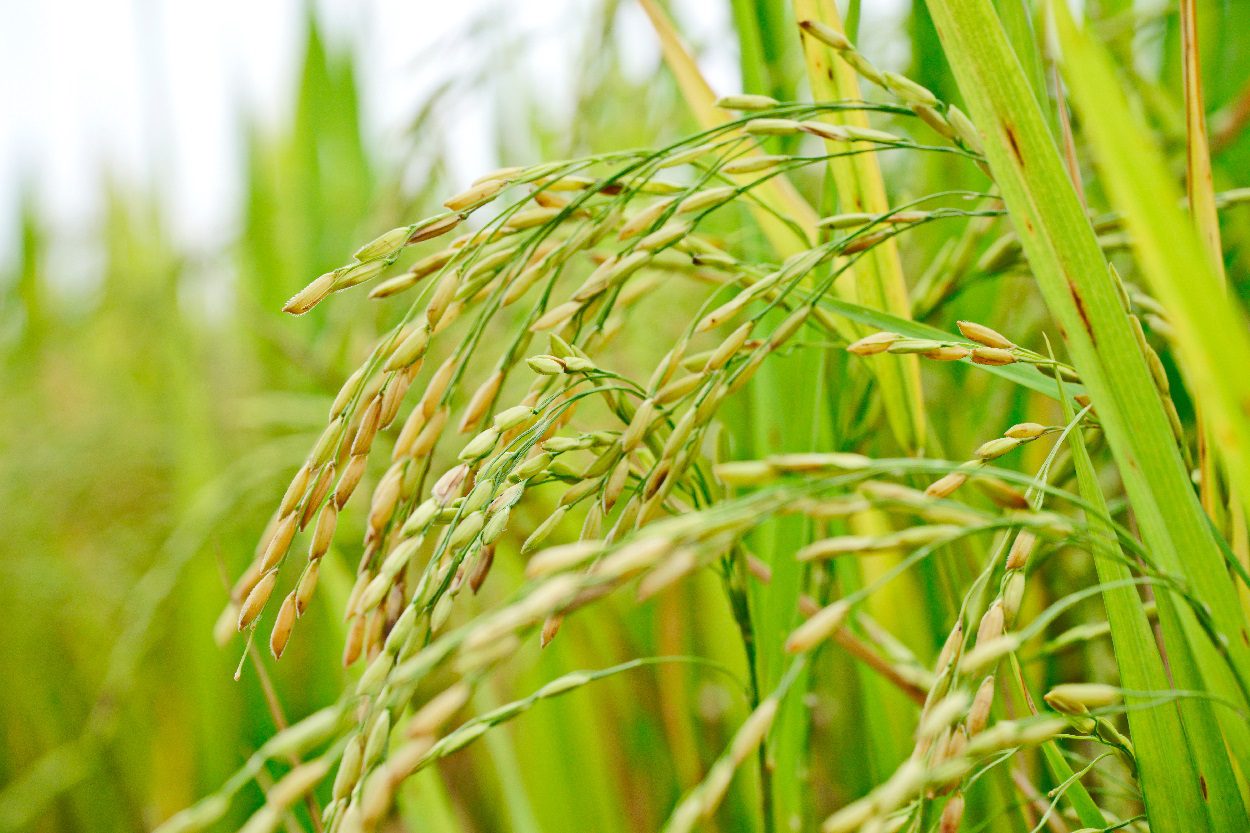A study by the joint archaeological team of the National Museum of China, Nanjing Museum and Sihong County Museum has found evidence of rice cultivation at a Neolithic site from 8,000 years ago.
The researchers conducted a microscopic analyses of macro and micro-plant remains, food residues and the rice-field like features from the mid-Neolithic site of Hanjing in the Huai River region of China.
Charred rice grains and spikelet bases recovered by floatation confirmed that domesticated rice and wild rice co-existed, and a direct radiocarbon date of charred rice grains revealed a a date from between 8400-8000 cal. BP. The rice-field-like archaeological features suggest some initial forms of management of local hydrology at Hanjing which would have facilitated irrigation and drainage.
The team also examined the microstructure of potsherds that had charred remains of rice plants or impressions on the inner and/or outer surfaces as well as in the cross-section of the potsherds. Some translucent residues were identified to be phytolith from rice husk.
A lipid analysis of both the food crusts and ceramic matrices suggests that the pottery vessels were mainly used to process C3-based plants (possibly rice), aquatic foods and terrestrial non-ruminant animals.
By combining the zooarchaeological evidence with the archaeobotanical data, it is clear that hunting, fishing, rice cultivation and wild plant food collection were all important parts of the subsistence economy at Hanjing.
Dr. Zhenwei Qiu from the National Museum of China said: “This subsistence economy points to a shared characteristic of the subsistence strategies amongst the Early to Mid-Neolithic sites in the Huai valley, in which hunting and gathering still played a very important role in food production” Qiu says.
The team believes that the Hanjing site presents one of the earliest evidence of rice cultivation and domestication in the Huai River valley, supporting this region as another important centre for early development of rice economies that was less well understood, and that might have experienced a different pathway to the beginning and development of rice farming compared to the Middle and Lower Yangtze River regions.
Measurements of Oryza-type bulliform cells and double-peaked Oryza-type glume cells show that these two types of phytoliths hold different significance to predict rice domestication at Hanjing. “This discrepancy of phytolith identification and prediction of rice domestication might be attributed to several analytical and methodological factors, including analytical approaches and sampling issues, statistical methods applied during measurement and data analysis” added Qiu.
Science China Press
https://doi.org/10.1007/s11430-021-9885-x
Header Image Credit : Shutterstock





